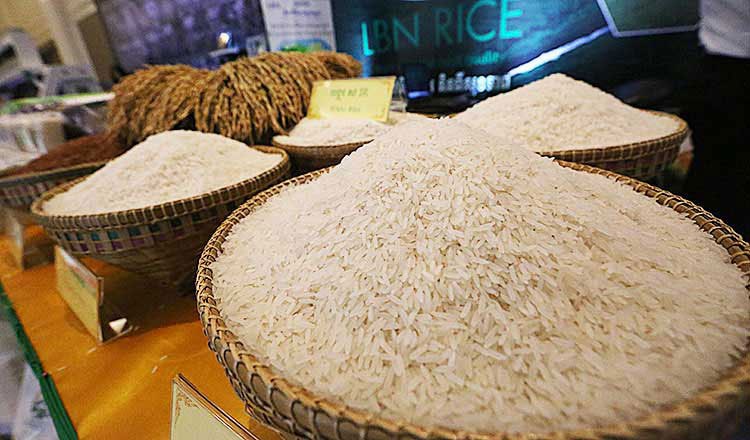
Vietnam has been immensely benefitting from Cambodia’s limited agriculture industrial capabilities, a joint research findings reveal.
The research carried out by Mom Mit of Financial University, Moscow along with Prom Thary, PhD Scholar in Political Science at RUDN University, Moscow and senior agriculture professional MeasSomica, finds that Cambodia’s limited domestic processing capacity allows Vietnam to dominate the value-added stage of its agricultural exports.
“Cambodia’s trade with Vietnam has increased significantly, with a noticeable reduction in the bilateral trade deficit over time. But the relationship remains imbalanced, with Cambodia heavily reliant on exporting raw materials while importing higher-value goods.
“This dynamic has left Cambodia unable to fully capitalise on its agricultural potential, putting its farmers and economy at a disadvantage.”
Highlighting the trade numbers, it said: “From January to November 2024, trade between Cambodia and Vietnam reached $7.08 billion, a 20.6 per cent increase, making Vietnam Cambodia’s second-largest export market behind the United States.
“Cambodia’s exports to Vietnam reached $3.29 billion, up 26.3 per cent, mostly consisting of cashews, corn, bananas, mangoes, tobacco, rice and rubber. Vietnam’s main exports to Cambodia, worth $3.79 billion, include building supplies, machinery, fuel, electronics and electrical equipment, fertilisers, animal feed, vegetables and fruits.
“Cambodian farmers produce agricultural products, but these goods are often unprofitable due to low selling prices and high production costs of fertilisers, fuel and machinery.”
The research findings emphasised that Vietnam’s benefits from Cambodia’s limited industrial capacity, importing raw materials at lower prices and processing them into finished goods for export to global markets like Europe and China underVietnam’s own branding.
It mentions the sourcing of fertilisers from abroad as a major hurdle. “Cambodia is primarily reliant on raw material exports, limiting its agricultural benefits. Farmers grow lucrative commodities such as cassava, rubber and cashews, but they are frequently exported to Vietnam for processing.
“In 2022–23, Cambodia exported over 3.5 million tonnes of paddy rice to Vietnam, where it is processed and then exported to international markets. These include Europe and some Asean countries such as the Philippines, Indonesia and Malaysia.”
Unlike many previous findings, which blames the lack of milling capacity in Cambodia for the export limitations, the research highlights other issues. “Cambodia has enough rice mills capable of meeting international export standards but lacks capital to purchase rice grains for stocking and production and struggles to reduce processing costs, particularly in transportation.
“Cambodian farmers encounter challenges such as low yields due to outdated techniques, limited access to advanced technology and high production costs. As a result, some farming households in Takeo, Kandal, Prey Veng and Svay Rieng have decided to rent their farmland to Southwestern Vietnamese farmers for rice cultivation.”
The research work also lays down suggestions before the policy-makers. “To develop a strong agro-processing industry, Cambodia must reduce electricity and logistics costs to boost local competitiveness. Investment in modern food processing technology would improve efficiency and product quality, opening doors to international markets. Developing a skilled workforce in agro-industrial engineering is essential for sustaining technological advancements.
“Expanding financial access through targeted incentives and low-interest loans can attract investment in processing facilities. There is also a need to strengthen the country’s branding and export strategies, shifting from raw exports to high-value agricultural products. These actions are expected to boost industrial growth, generate employment opportunities and consolidate Cambodia’s position in global trade.”
Source: Khmer Times
Share: